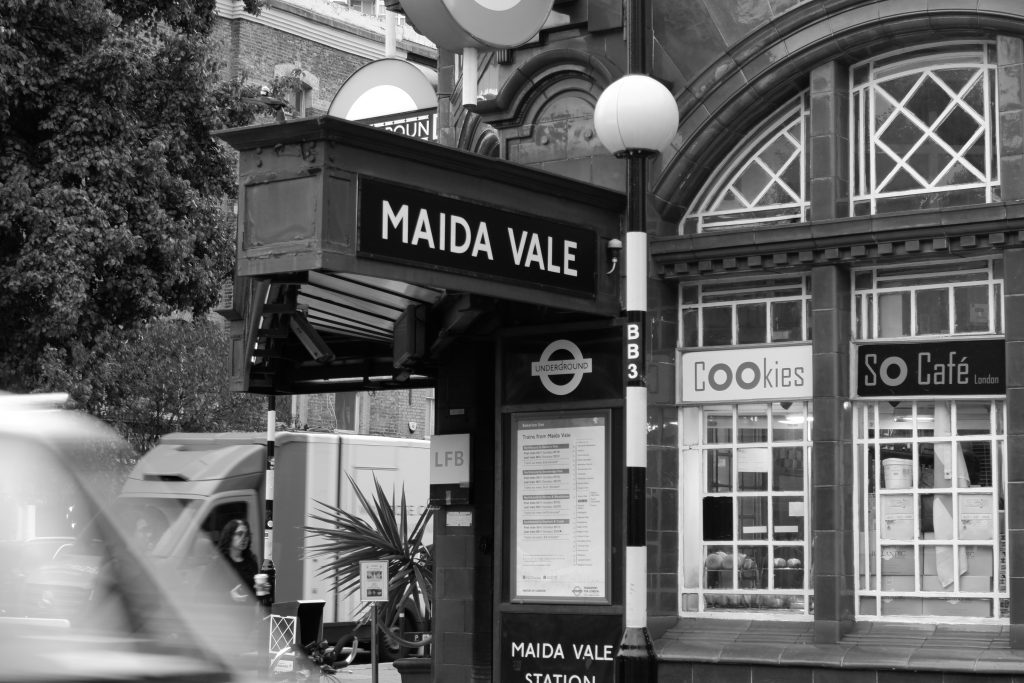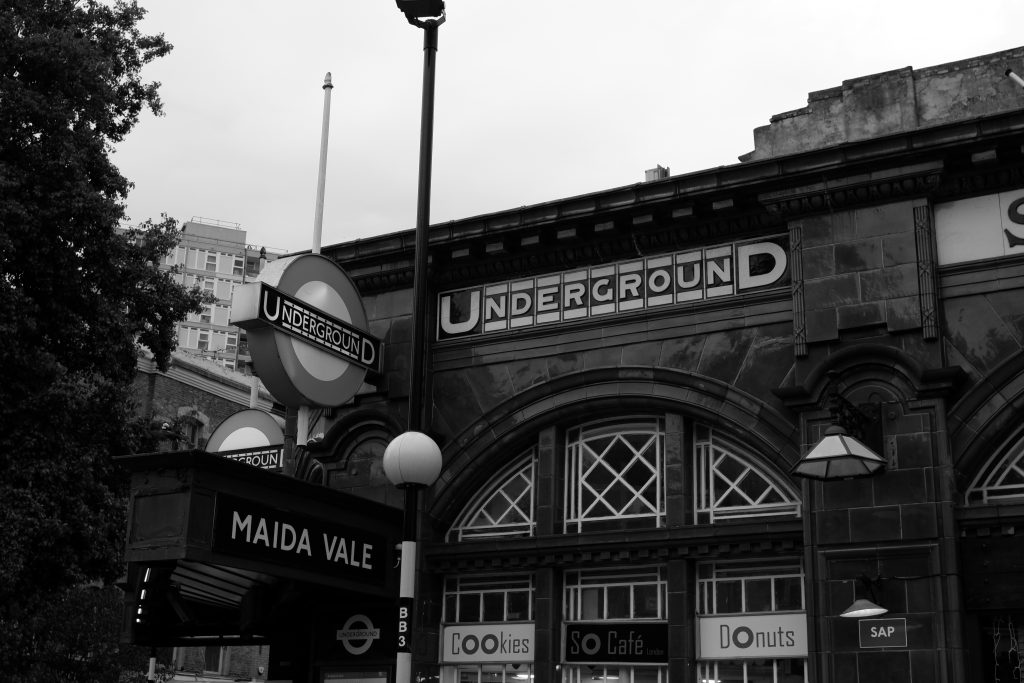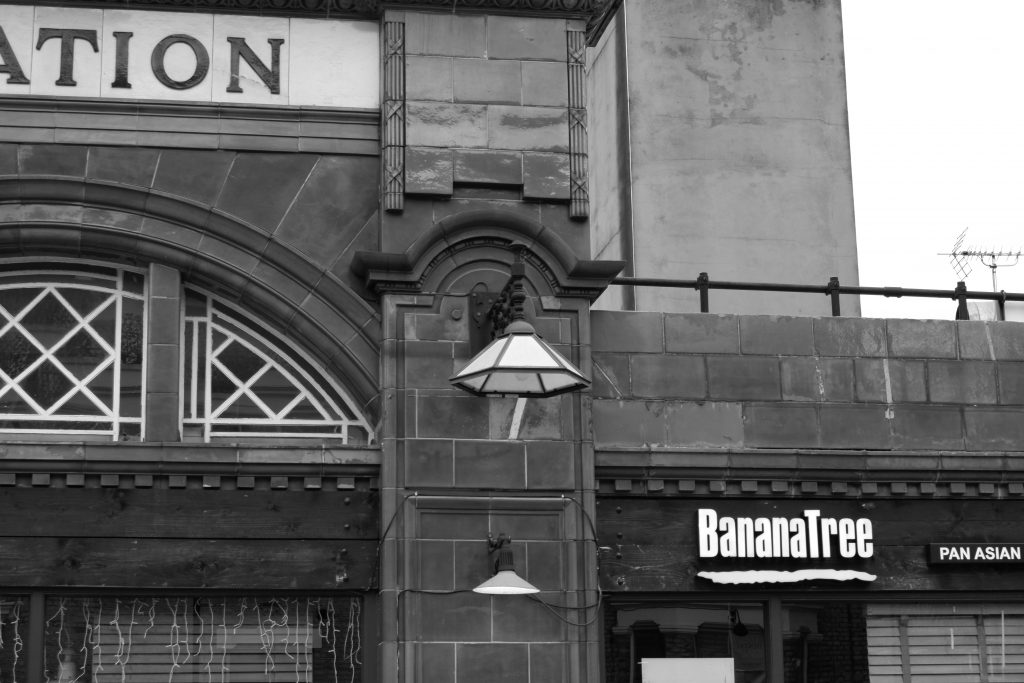PROMPT: Select any text—or an excerpt of any text—from the course reading list and apply one of the following
methods of cataloguing in order to analyse its purpose,
value, or meaning: 1. Inventory or 2. Metadata
Metadata- The Medium is the Message
This catalogue entry uses McLuhan’s “The Medium Is The Message” to demonstrate, in practice, that form is not secondary to content but actively structures meaning (McLuhan, 1964).
The text is treated as an archival object and described through controlled fields (scope and content, subject formation, power / control note, etc.) on an object card, rather than through conventional argumentative prose. By doing so, the record shows how different media produce specific kinds of subjects, reorganise perception and attention, and redistribute control, which is precisely what McLuhan identifies as the “message” of a medium.
The point is that the catalogue itself performs the argument; the way the object is catalogued becomes evidence of how medium determines interpretation. In that sense, the method (metadata) and the content (McLuhan’s claim) are aligned.
Reference: M. McLuhan, Q. Fiore (1967),The Medium is the Massage: An Inventory of Effects, Berkeley: Gingko Press











